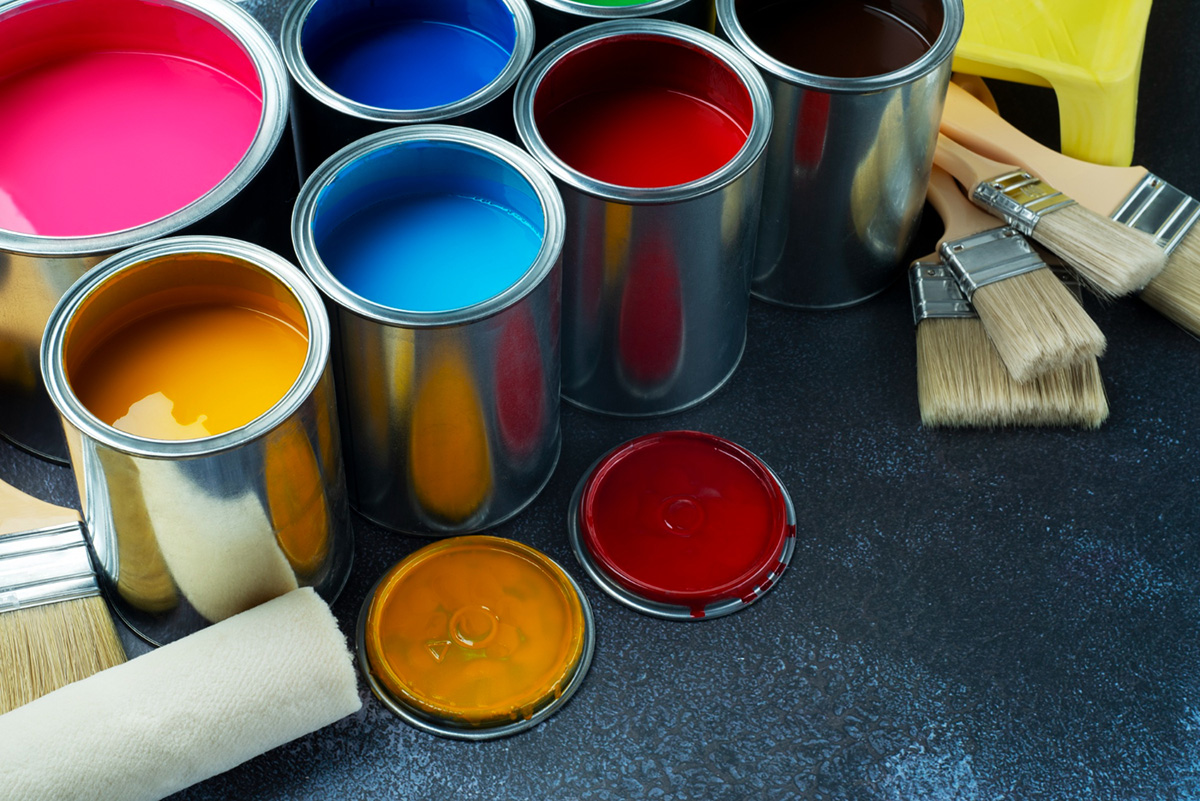Common Paint Problems & How to Avoid Them

Painting a house or a commercial building can give a fresh and updated look. However, painting is not as simple as it seems. It requires various steps to be done properly, and paint problems can occur if one of these steps is missed. In this blog post, we will discuss the common paint problems and how to avoid them. Whether you are painting by yourself or hiring a professional painter, this post will help you make sure that the job is done right.
1. Blistering
Blistering is the result of moisture trapped between layers of paint or between the surface and the paint layer. It looks like small bubbles with water, and it can happen when the surface was painted while it was hot or humid. To avoid blistering, make sure the surface is dry and clean before painting. Always wait for the humid day to be over before starting the painting. If it still persists, try to scrape off the affected area and repaint with appropriate primer.
2. Peeling
Peeling happens when the paint loses its adhesion to the surface. It can happen when the surface is dirty, oily, or not properly primed. To prevent peeling, make sure to scrape off any old or deteriorating paint, clean the surface before applying new paint. If there is a risk of oiliness, use a deglosser or sandpaper to prepare the surface for painting.
3. Chalking
Chalking is when the pigments of the paint break down, and it results in a powdery residue. It can happen when the paint is exposed to excessive sunlight and weather changes. To prevent chalking, use paint specifically formulated for outdoor weather, ensure proper cleaning and preparation of the surface, or avoid using low-quality paint grade.
4. Fading
Fading can occur due to exposure to excessive sunlight and weather changes. It can also happen due to the use of low quality or wrong pigments in the paint. To prevent fading, use high-quality paint that is UV resistant. Always check the manufacturer instructions before selecting paint for your job.
5. Unevenly Drying
Unevenly drying paint is when some areas of the paint dry more quickly than others. It results in an uneven coating and texture. It could happen when the paint layer is too thick or when painting in excessive hot conditions. To prevent unevenly drying paint, apply thin coats of paint in even, light strokes. If the weather is too hot, you might want to avoid painting during daylight hours or at least try to find a shaded area for work.
Conclusion
With this blog post, you can now identify and prevent common paint problems that may occur during or after the paint job. Remember to use high-quality paint and follow the instructions of your paint manufacturer. If you are still unsure or facing difficulties, don't hesitate to call a professional painter to help you with your painting job. Make sure to hire one with experience and knowledge of paint problems and how to avoid them. If you're planning to start on a commercial painting in Winter Springs, FL, contact Lakestone Painting today for a free consultation.